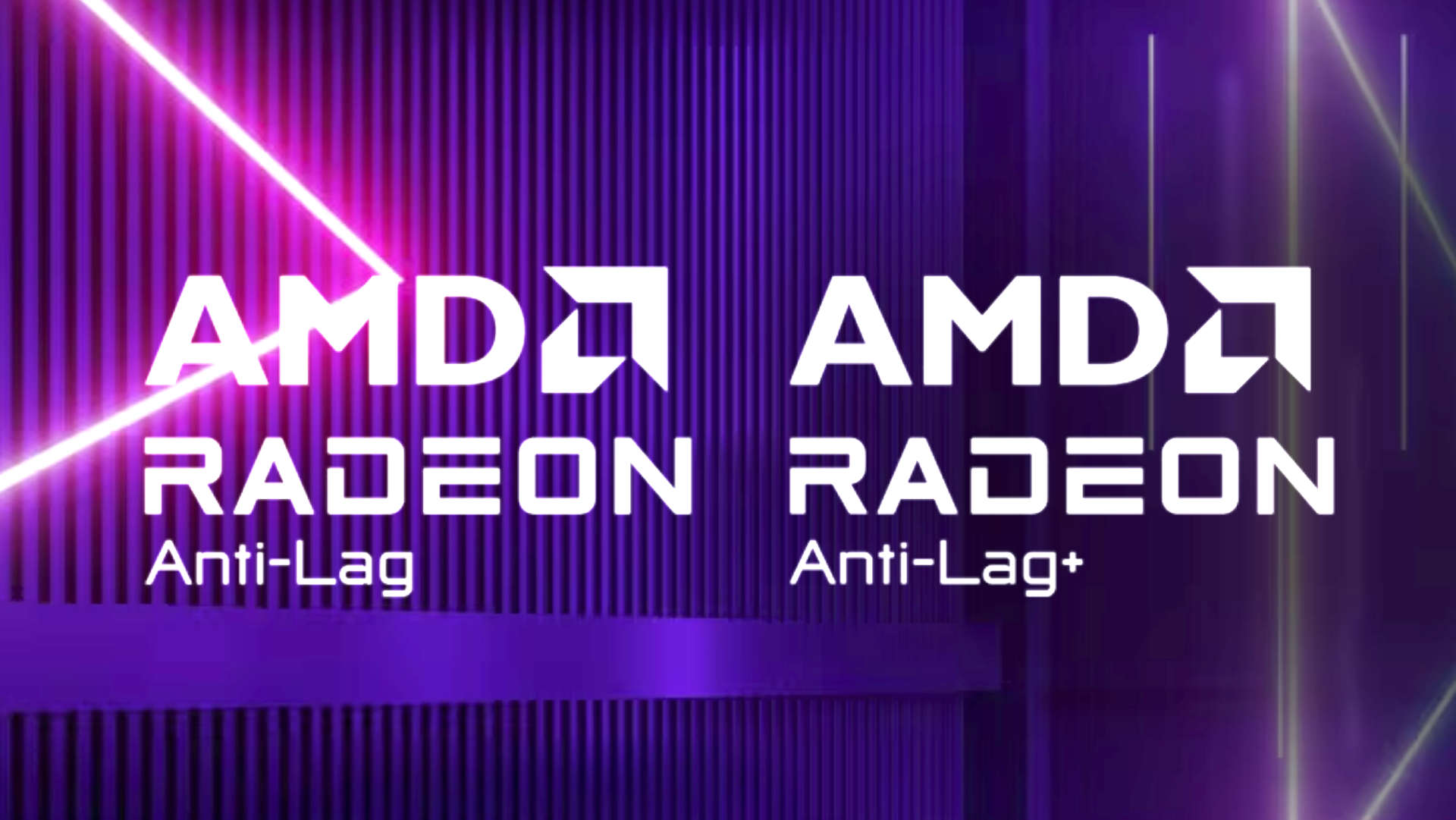Just one day after AMD removed Anti-Lag+ for Counter-Strike 2, to prevent any more players from potentially receiving account bans, there’s now a new driver set that’s stripped the feature altogether. That’s a pretty drastic move but it’s far better than incurring further wrath from the gaming community.
The idea behind AMD’s Anti-Lag tech is that it reduces the time between frames being issued by the CPU and when they get displayed on the monitor, generally improving how responsive the game feels. There are two versions and the original Anti-Lag system prevents the CPU from creating too large a queue of frames from the GPU to process.
The more recent version, Anti-Lag+, essentially works by injecting itself into the game’s code to manage the synchronisation of frames within the render queue. It’s this one that’s been causing the problems because many online games, especially competitive ones, routinely monitor what’s going on in the engine to spot people trying to use software cheats.
In the case of Counter-Strike 2, Valve’s Anti-Cheat (VAC) was getting triggered almost immediately, resulting in players’ accounts being banned. But it wasn’t just that game and as the issues and complaints built up, AMD has done the right thing by releasing another set of drivers that has Anti-Lag+ removed altogether.
When I asked AMD about all of this, it responded with a comment that clarified what it was doing regarding Anti-Lag+ but nothing further on why this has happened. What we’ve got is a new set of drivers that simply doesn’t offer the latency-reducing tech at all.
“AMD has received reports of some games triggering anti-cheat bans on gamers when AMD Anti-Lag+ technology is enabled on Radeon graphics. To address this, we have released the AMD Software: Adrenalin Edition 23.10.2 driver that disables Anti-Lag+ technology in all supported games, and we recommend gamers use the new driver. AMD is actively working with game developers on a solution to re-enable Anti-Lag+ and to help reinstate gamers who were impacted by the anti-cheat bans. We will provide more information when available.”
Now you could just not use Anti-Lag+ with the drivers you already have but the new ones include a number of fixes for Starfield, Counter-Strike 2, and FC 24, so it’s probably worth installing them anyway (get the drivers and the release notes here).
I’m pleased that AMD has treated this seriously and been proactive in responding to the problem, especially with regard to getting the bans overturned. But I still don’t fully understand how this has even come about in the first place. AMD said it’s working with game developers on a solution, but how deeply were they working with them when making Anti-Lag+ ‘support’ for their games to begin with?
If they were, then why wasn’t the fact this tech would cause these problems flagged up immediately? One possible explanation is that AMD didn’t work directly with game developers and made the Anti-Lag+ implementations entirely by itself as some sort of turnkey solution. If that was the case, then I hope AMD has learned a valuable lesson for all of this. Specifically, it’s better to spend longer on developing a new technology and have it work properly, rather than getting something out of the door quickly.
While this hasn’t been an absolute marketing disaster for AMD, it hasn’t done it any favours whatsoever.











